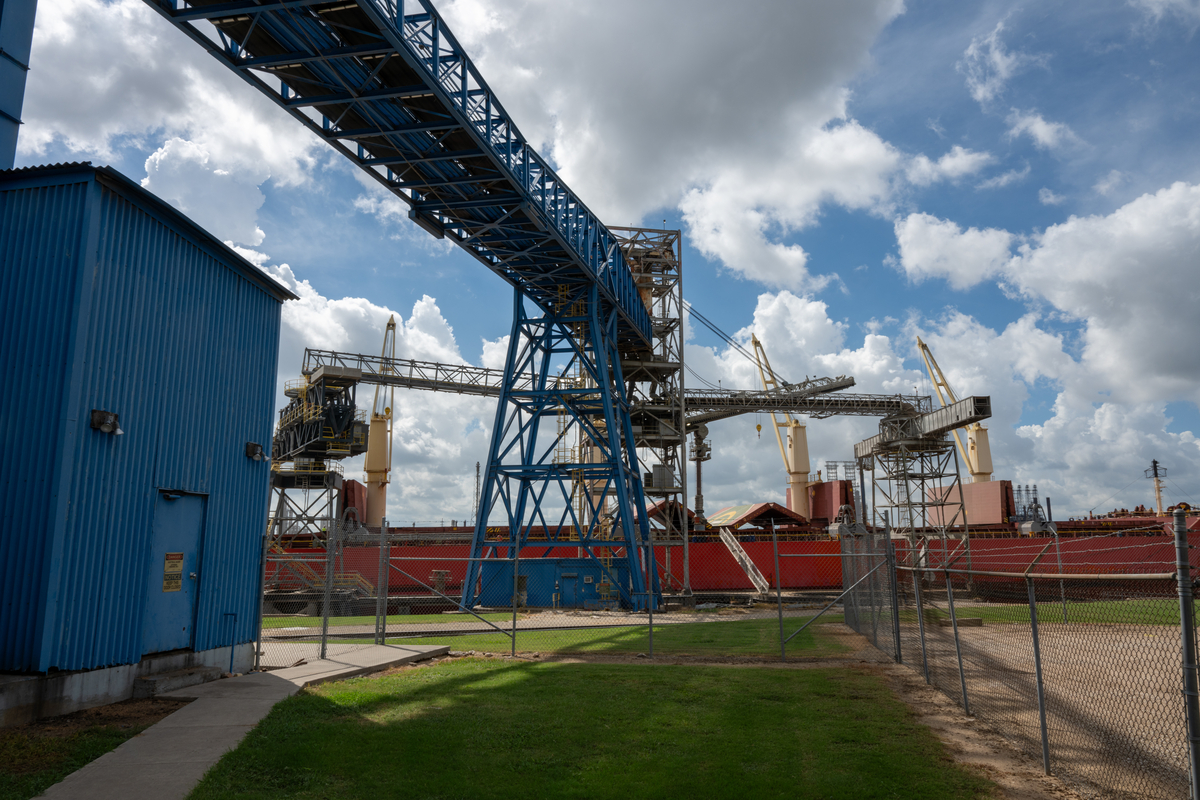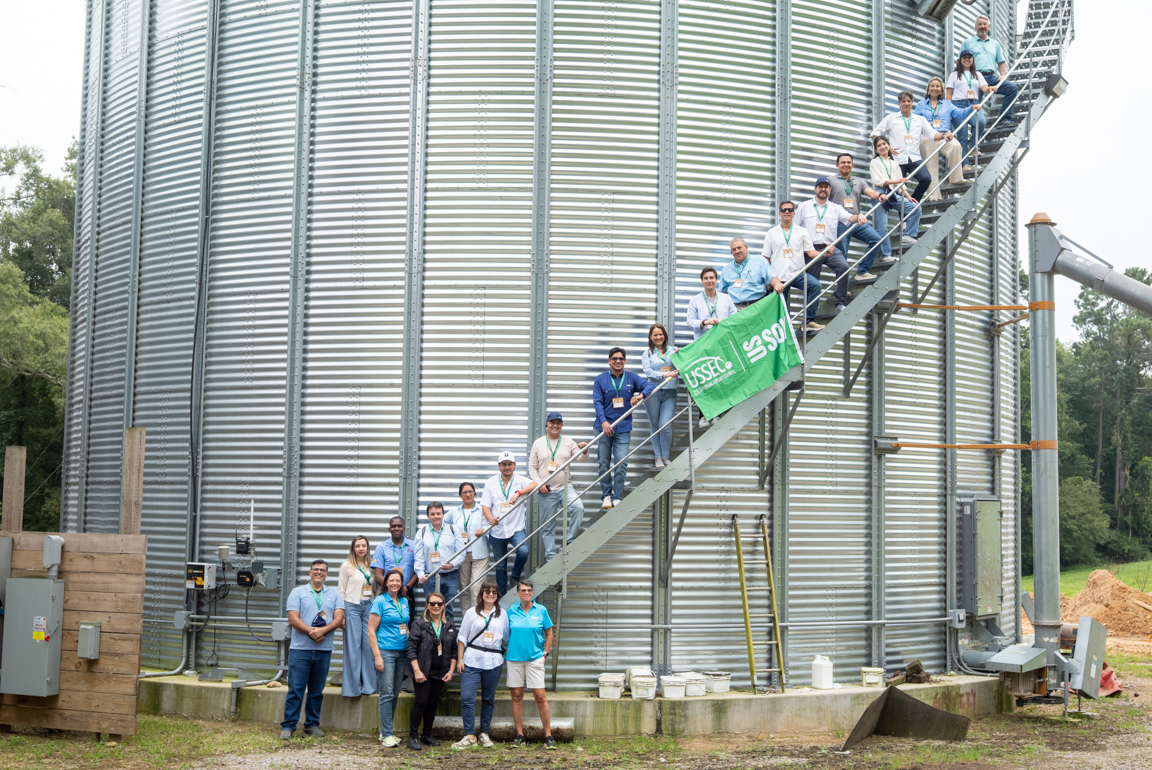USSEC Program Dares End Users to Compare U.S. Soy to Competitors

It takes soybeans from all sources to make the world go round. But we know soy grown in the U.S. is near and dear to your heart.
Tucked away in southern Illinois, you’ll find Doug Winter and his fields of corn, wheat, and soybeans. About 80% of Winter’s soybean crop travels from his Illinois farm to grain terminals on the Ohio River and is then transported by barge to the Gulf ports in Louisiana for export deliveries around the globe.
“As farmers we know how important our international customers are to us, and that motivates us to keep improving what we grow to provide them with excellent soy products,” says Winter, a soy checkoff farmer-leader.
Earlier this year, the U.S. Soybean Export Council began showcasing the advantages of U.S. soy to end users around the world through a program called Dare to Compare. Bolstered by farmer checkoff investments, Dare to Compare puts the spotlight on new research showing how the value of U.S. Soy’s nutritional profile, sustainability and refining characteristics stacks up in the marketplace.
“While we were meeting with customers virtually and hosting webinars and online trainings, we couldn’t connect with customers face-to-face, and that’s incredibly important to our success. So, we wanted to make sure they had access to and were aware of the latest research that sheds light on the true value of U.S. Soy compared to other origins,” says Paul Burke, who led the development and launch of the program.
The goal of Dare to Compare was to highlight the advantages that U.S. Soy brings to the table, such as nutritional bundle, average moisture and oil value, as well as sustainability and supply chain reliability.
“We are truly delivering a solution, and when customers and potential customers see us working in that way, it leads to increased partnerships, it furthers conversations and seeds success. This campaign got this strong reputational information in front of a lot more people,” says Burke.
U.S. Soy is featured in a variety of uses around the world; its value is always on the table, from feeding livestock and fish to making soy foods. By showcasing the factors that make up the U.S. Soy Advantage, the campaign encouraged end users around the world to closely compare and make fact-based decisions that added value to their businesses, further differentiating and building a preference for U.S. Soy across industries.
Messaging was created in nine languages and shown to end users in the feed industry, particularly animal nutritionists, as well as ingredient buyers, offering them the opportunity to learn more about U.S. Soy and to meet with a USSEC representative.
The program reached hundreds of millions of international end users and generated impressive results, including:
- Over 3 million visits to the program website.
- More than 2 million people watched Dare to Compare videos.
- Over 1,300 soy value chain members requested more information about U.S. Soy.
“I knew this campaign would generate big numbers in terms of impact. I didn’t know just how big,” says Burke.
By promoting this program abroad, USSEC is helping build demand for the soybeans grown by over 500,000 U.S. farmers — something Winter says is invaluable.
“USSEC’s work to increase demand for U.S. Soy in international markets is an integral part of every American soybean producer’s economic sustainability plan. About 60% of the U.S. soybean crop is exported, and that global demand makes up a large portion of the price we as farmers receive for our beans,” says Winter.
While farmers like Winter know how important international customers are for U.S. Soy, Burke says the checkoff and USSEC won’t stop promoting U.S. Soy to international customers.
“Reputation is everything when it comes to business. It impacts how we are seen when we walk in the doors of customers to meet with them. It impacts how willing they are to even consider the latest research, even if it is favorable for their business. For me, investing in the global reputation of U.S. Soy isn’t even a question — it’s a necessity,” says Burke.



